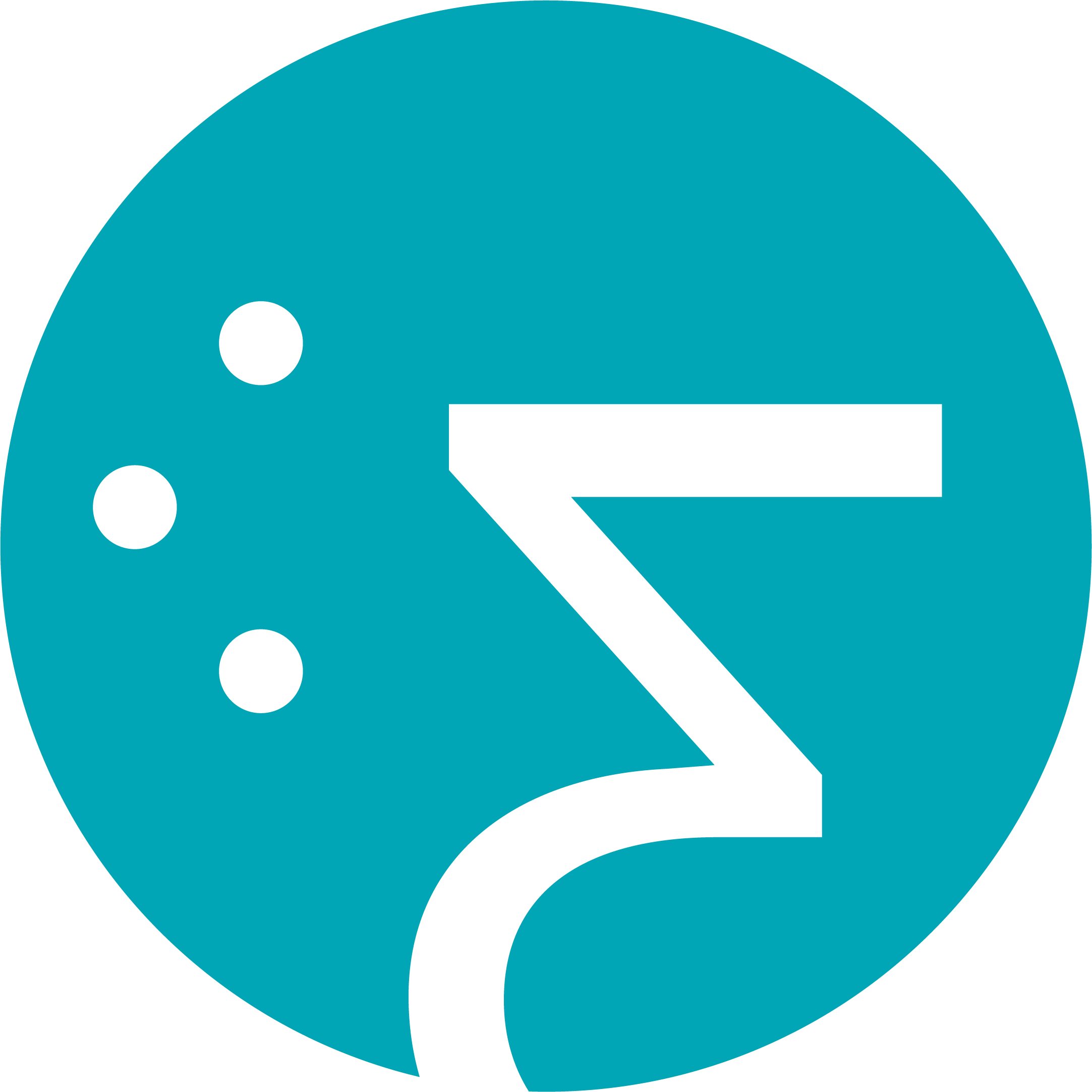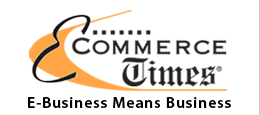Return of the Titans – SAP and Other ISVs Push Into SaaS and Cloud Computing
Seven weeks of traveling came to an end in Florida today after attending SAP’s Sapphire user conference and speaking to Tech Data’s TechSelect executives about the channel implications of the rapidly evolving Software-as-a-Service (SaaS) and Cloud Computing market.
Prior to this week’s events, I traversed the country from Boston to the Bay Area six times to speak, host and moderate sessions at SaaScon, Under the Radar, AlwaysOn OnDemand, Pervasive’s Metamorphosis and the SIIA/OpSource All About the Cloud conferences, and conduct strategy sessions with a wide range of clients in between.
The common theme of all these events and client meetings is that SaaS has become a viable alternative to legacy on-premise software across nearly every application segment, and a newer wave of Infrastructure-as-a-Service (IaaS) cloud computing services is quickly disrupting traditional data center models across nearly every industry.
Concerns about hyperbole outdistancing today’s realities are being pushed aside by a growing number of customer success stories which clearly illustrate the tangible and measurable benefits of these ‘cloud’-based services.
SaaS, IaaS and Platforms-as-a-Service (PaaS) are changing the way software and systems are designed, developed, packaged, priced, promoted, acquired, delivered, consumed and supported.
At nearly every step of this process, the burden of success shifts from the customer to the vendor, with the potential of greater customer satisfaction, loyalty and profitability promising to offset the tremendously painful migration but necessary process for vendors, i.e. the classic ‘innovator’s dilemma’.
In response, a parade of incumbent software vendors (ISVs) are surrendering their efforts to fight off the ‘on-demand’ movement with FUD (fear, uncertainty and doubt) marketing campaigns, and replacing them with their own SaaS initiatives and cloud computing strategies.
CA and BMC have unveiled SaaS IT management solutions built on Salesforce.com’s Force.com PaaS. Software AG is offering a hosted version of its CRM solution, rebranded as update software AG. (6/15: A spokesperson for update software AG has informed me that it is an independent company which is not associated with Software AG.) And, Microsoft is giving away a free version of Office…and suing Saleforce.com for patent infringements.
Few ISVs have more at stake and face tougher challenges as a result of this transformation process than SAP.
Over the past four decades, SAP has built a portfolio of complex enterprise applications which are at the heart of the operations of the world’s largest corporations, and thousands of others. It has created an equally vast internal organization and intricate set of channel relationships to develop, deliver and support its products, and serve its customers.
SAP’s shift to SaaS has been plagued by a series of perceptual, philosophical, developmental and sales missteps. The company underestimated the level of customer discontent with traditional software and their willingness to adopt ‘on-demand’ alternatives. It also discounted the architectural and operational requirements of developing and delivering competitive SaaS solutions.
After two false starts with its Business ByDesign (ByD) flagship SaaS offering, the company’s leaders are now more determined than ever to get it right. This week’s Sapphire conference was a coming out party to convince SAP’s customers and partners, as well as press and analysts, that ByD is now on the right path.
SAP has rebuilt the application with a new multi-tenant architecture to make it more scalable and economical. Even more importantly, ByD is being positioned as a part of a broader, corporate-wide portfolio of cloud solutions which the company’s leadership is hoping will be “game-changing”.
As a guest of the company (SAP is a client, and paid my way to the conference) I had the privilege of meeting one-on-one with key corporate executives for a series of candid conversations about their new strategies.
They intend to differentiate ByD, and the broader cloud portfolio, by embedding greater analytics into the solutions and offering an integrated suite of modules spanning nearly every corporate functional area across on-premise and on-demand environments, as well as various mobile devices.
Although ByD sits within the SAP’s Small- and Mid-Size Enterprise (SME) division, key executives are now willing to offer ByD to large enterprise (LE) divisions and regional offices as well.
While SAP has put a lot of investment into rebuilding the ByD architecture, it still has a long way to go to match today’s market leading solutions from a user experience perspective. ByD’s straightforward functional capabilities lack the type of dynamic, user-friendly interface common in most SaaS applications. As a result, it has limited user configurability and can be inflexible at times according to one customer I spoke with. Despite these limitations, ByD is winning more customers who are pleased with its operational and financial benefits.
I also got demos of the latest versions of SAP’s StreamWork collaborative decision-making tool and its Carbon Impact and Sustainability service. Both demonstrate SAP’s growing understanding of the type of dynamic user experience expect in today’s market, which will hopefully find its way into ByD soon.
Underlying SAP’s growing portfolio of SaaS and cloud computing solutions is the analytic expertise and skills of SAP’s Business Objects unit. Company executives are hoping they can also leverage the Sybase acquisition to fortify its in-memory capabilities to support its SaaS solutions and extend its mobility capabilities.
There is no question that SAP is determined to succeed in the SaaS and cloud computing arena. Ironically, the company’s biggest challenge will be the tendency of company executives and its army of developers to over-engineer SAP’s solutions.
In the past, SAP succeeded by focusing its vast resources on the enormous complexities of enterprise environments. Today, a growing number of SAP’s customers are seeking to streamline and simplify their operations, so they can become more agile and responsive to rapidly changing market requirements. In many cases, the customers are willing to accept less functionality if it improves their productivity, effectiveness and profitability.
SAP must recalibrate its efforts and solutions to match these changing requirements and expectations. If SAP’s leaders and staff can learn this lesson from the SaaS movement, they can become an important player in the maturation of the broader cloud computing industry.




